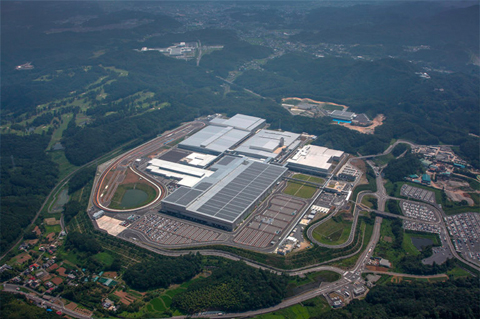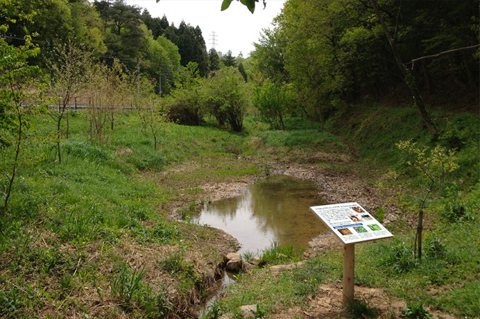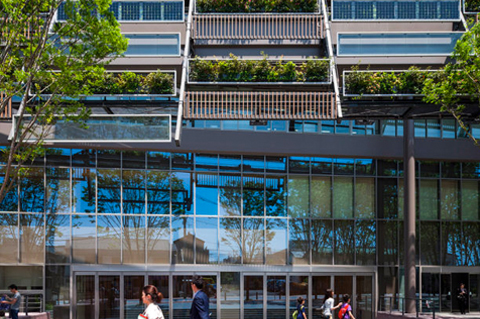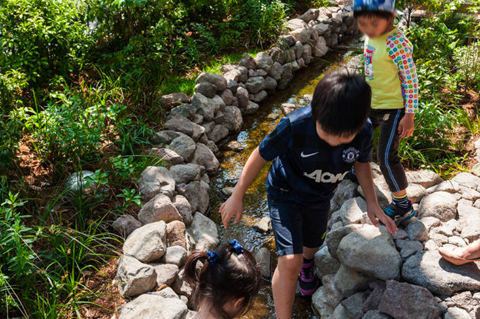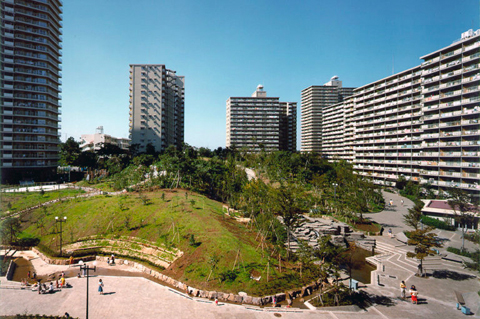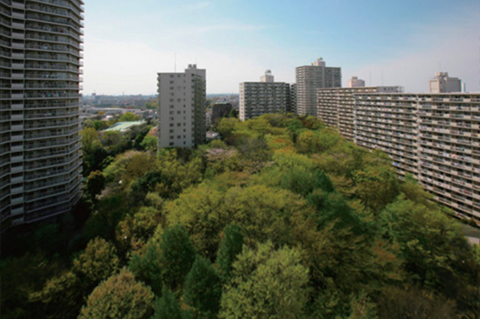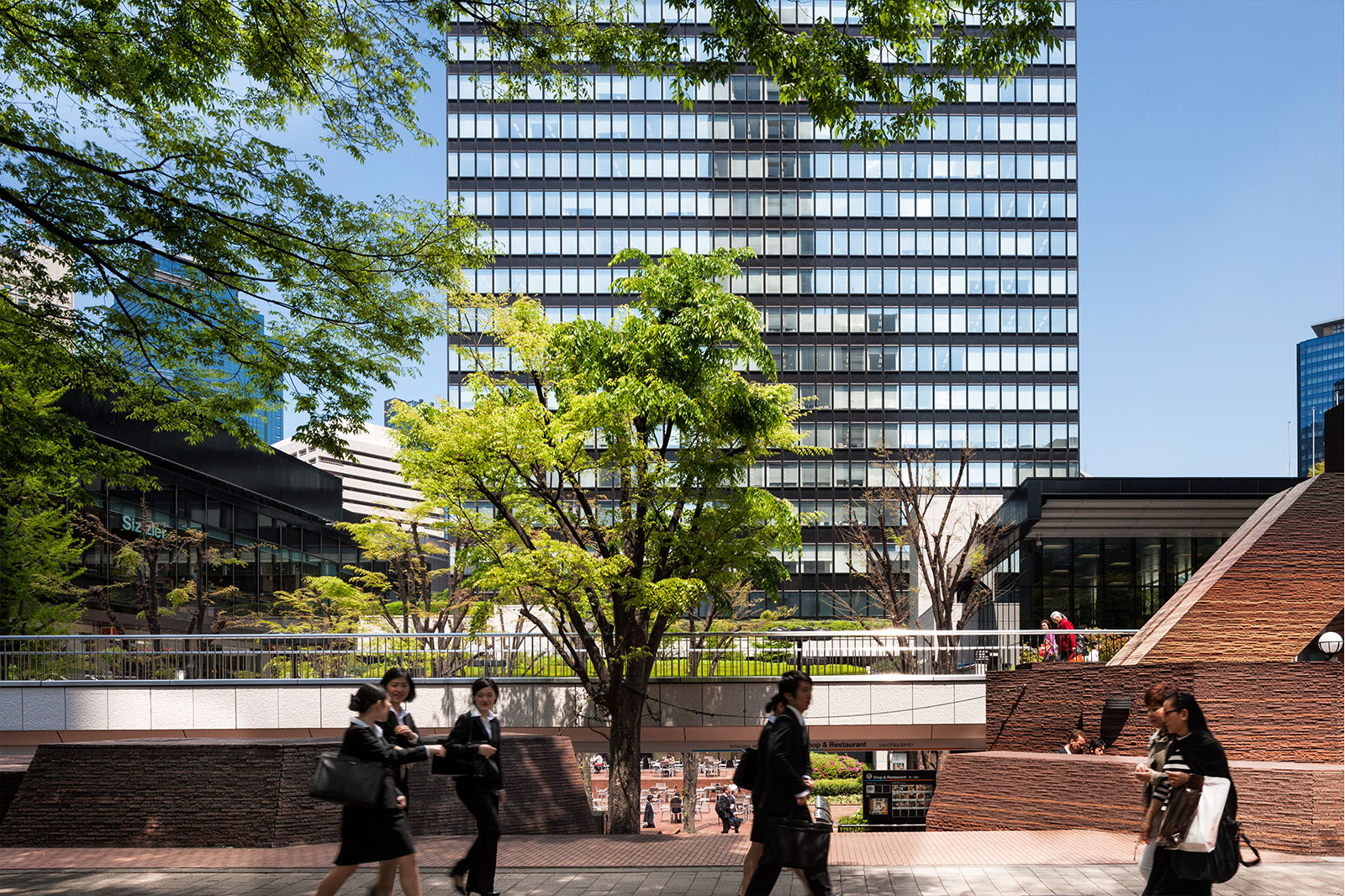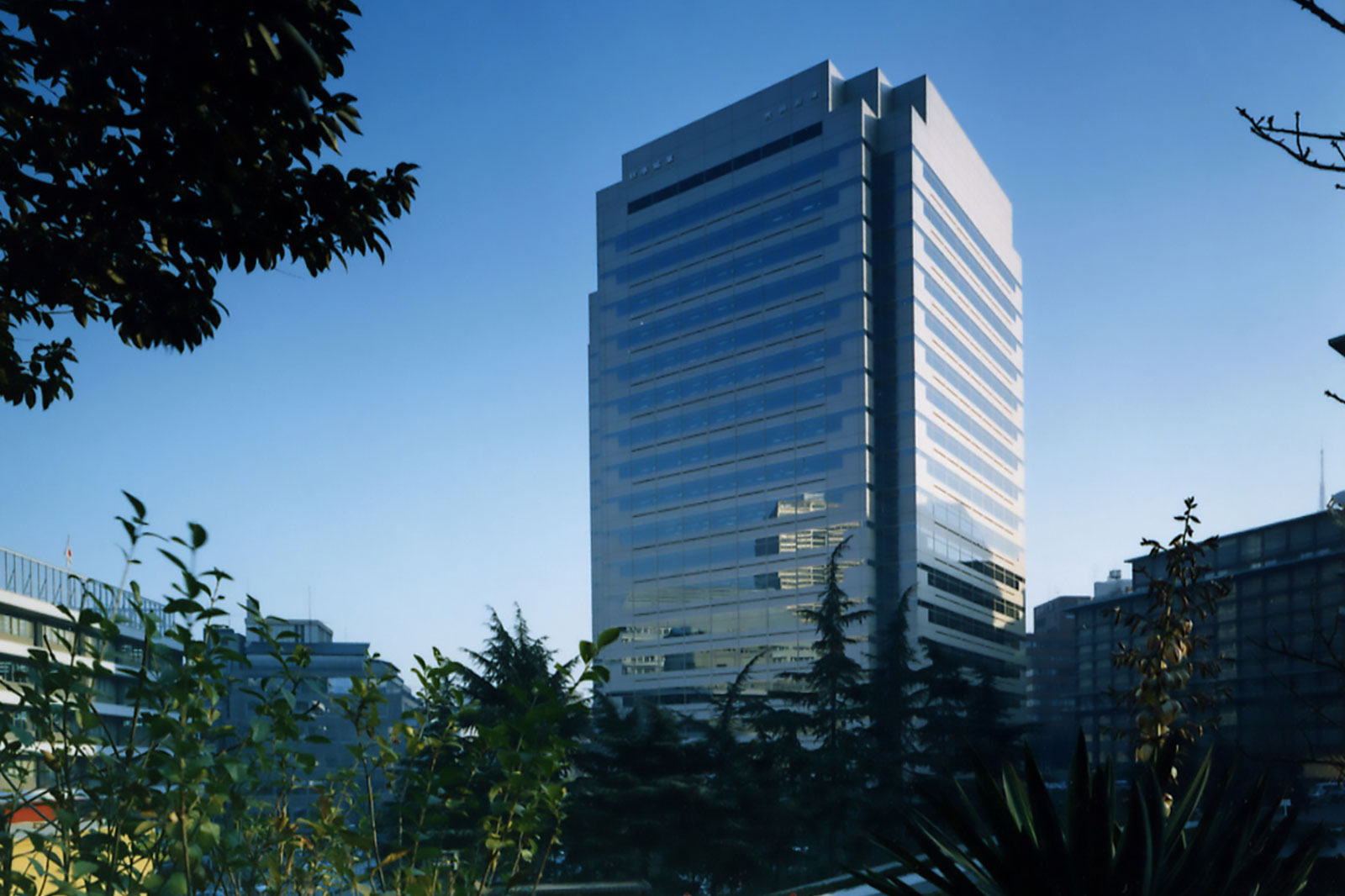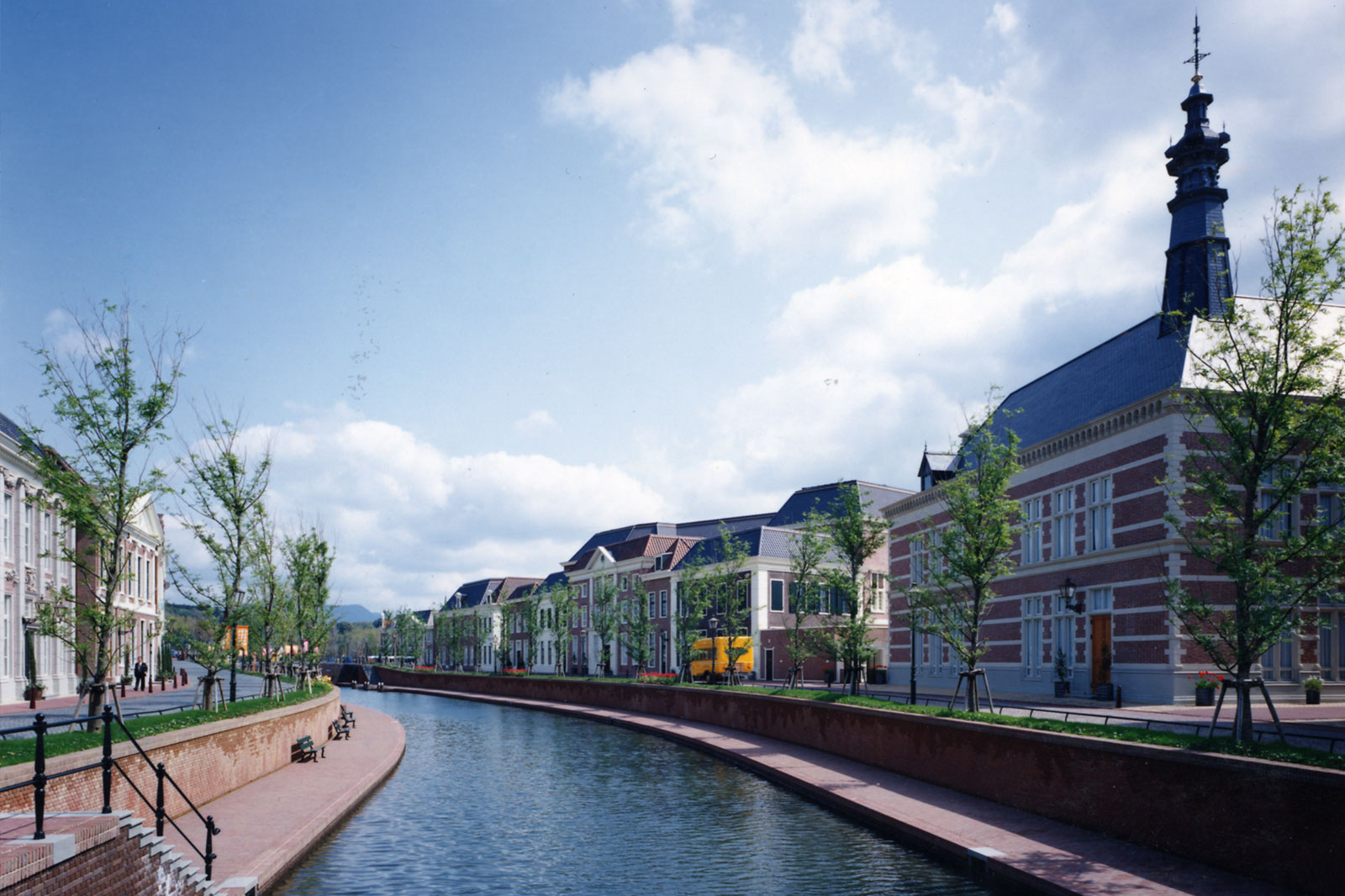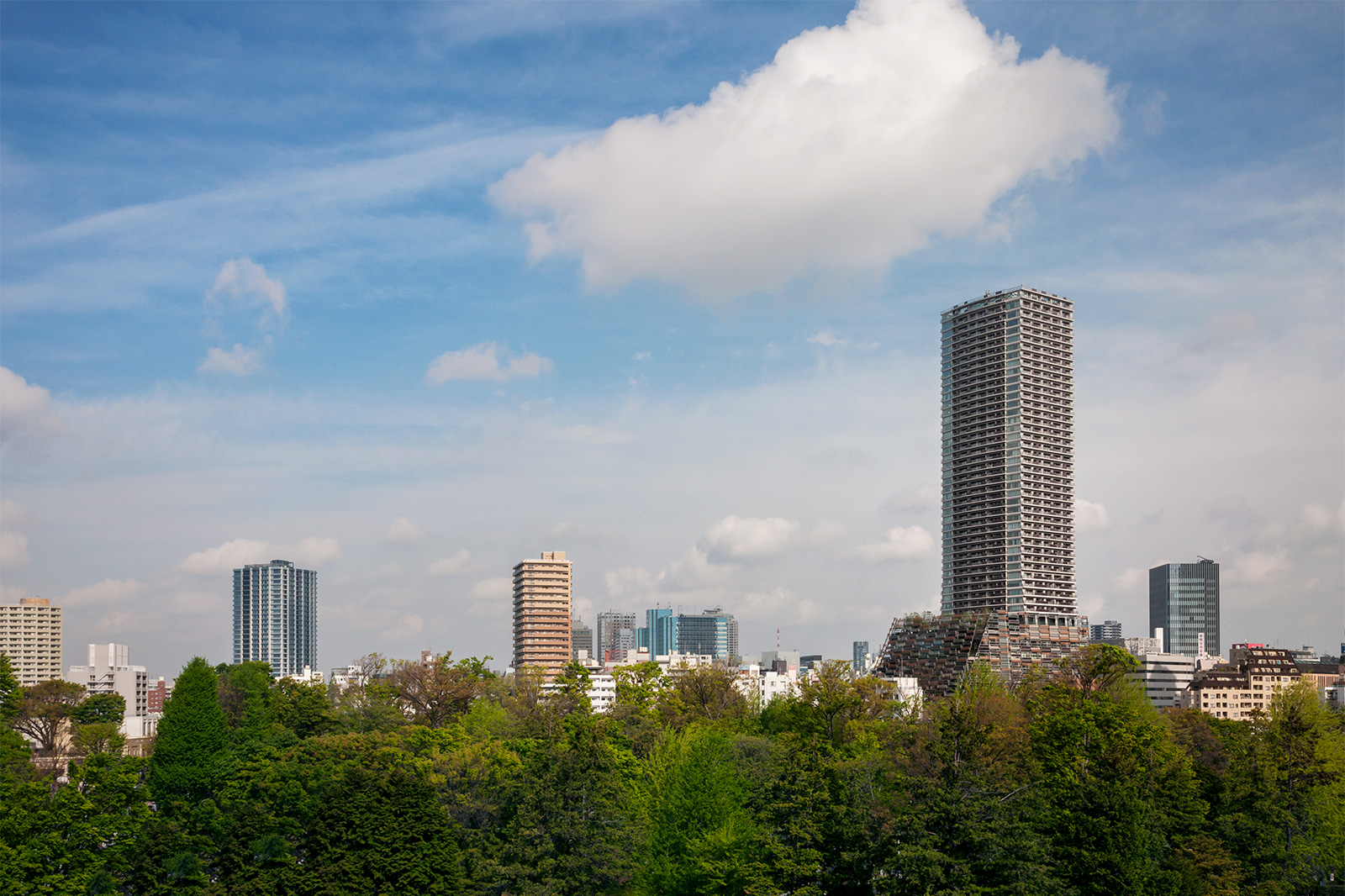2. Respect Nature
One Winter Day, a Sudden Revelation
With completion of the Shinjuku Mitsui Building in 1974 we moved to the 50th floor of the building. On a certain winter day after half a year passed from the time, Takekuni Ikeda, the president of Nihon Sekkei at that time, doubted his own eyes when he went outside the building after finishing work of the day. On that day it was fine weather when he came to the office in the morning but became a snowstorm to cover the entire area of the city with snow in the evening. He was shocked not to notice that the weather had changed. The controlled air conditioning and lighting and fixed glass curtain wall blocked both bustle and cold air outside the building. Receiving cold powder snow on his face Ikeda asked himself “Does architect compel people to work in a place unaware of the weather of the day by designing efficient space for office work?”.
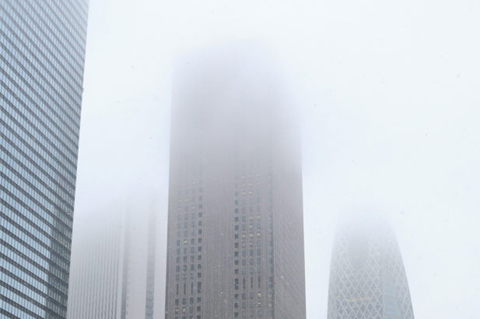
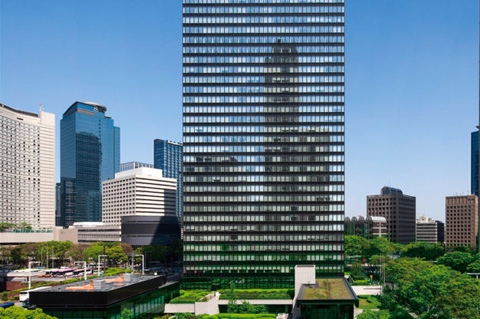
A Space with No Nature Is No Place for Humans
After Ikeda’s experience on the winter day, we were all equally involved in designing how to harmonize natural phenomena with people’s activities in each project. Since people are also part of nature, it is impossible to create a comfortable and relaxing place separated from nature. With this confidence, we further accelerated development of technology to apply natural light and wind into buildings and to incorporate natural phenomena in the place of immediate vicinity where people stay. In the Shinnikko Building completed in 1988, we designed “Breathing Curtain Wall” which takes in the air from the outside without rain water and the “Atrium incorporates natural light abundantly”. Contrary to confronting nature, we actively incorporated given comfort by harmonizing with the environment in the buildings.
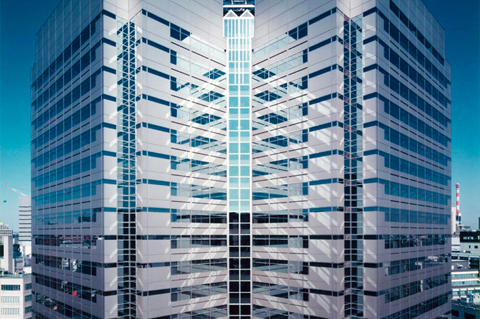
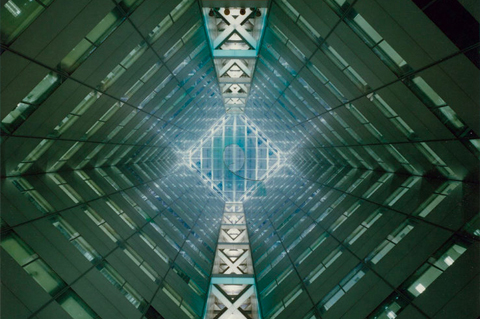
From “Preserve Nature” to “Restore Nature”
The design philosophy of respecting and harmonizing nature has spread out from architecture to the surroundings. The Huis Ten Bosch in Nagasaki prefecture is a project we have been working on since the late 1980s. In this project, we chose not only to preserve the nature, but also to create an environment to regenerate tidal flats that originally existed and restore the ecological system of the shore. By installing sloped bank of stone masonry instead of concrete seawall at the edge, we created an intermediate area connecting land and sea to restore place for creatures. Before the global environmental crisis began to be called out in the 2000s, we had committed to harmonize human activities with nature while nurturing natural environment.
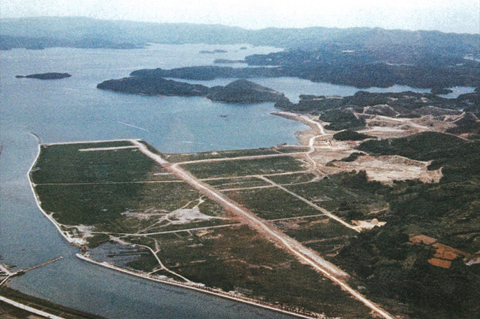
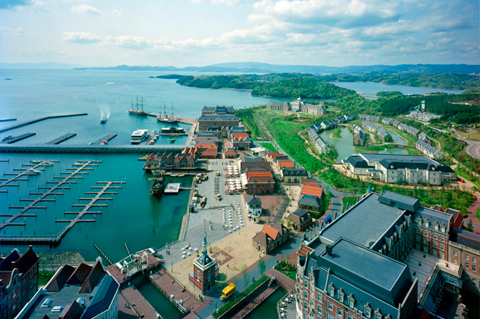
Our First Forest: Inspiration That Keeps Us Motivated
In the Saitama factory of Honda Motor Co., Ltd. in Yorii completed in 2013, we reused the soil and replanted trees in the premises. Moreover, we restored ecosystem where new nature and creatures grow while maintaining the remaining nature. In the Toshima Ecomusee Town, a complex building composed of ward offices and high-rise residences completed in 2015, we challenged to create indoor environment that does not rely on mechanical system by using stepping rooftop garden at the lower levels in order to incorporate fresh wind and light into the building. In the projects we are constantly attempting to harmonize with the topography, climate and natural environment of the place. And it is the hardwood forest growing on a hill in Itabashi ward that boost our intention for the challenge. The hill is in the Sun City, a residential development designed by Nihon Sekkei during beginning of its profile. There are trees planted with the desire to restore the forest of Musashino that existed there before, and 50 years later they have grown into a rich forest. Its lush appearance always encourages us to respect nature and aim for symbiosis with nature.
